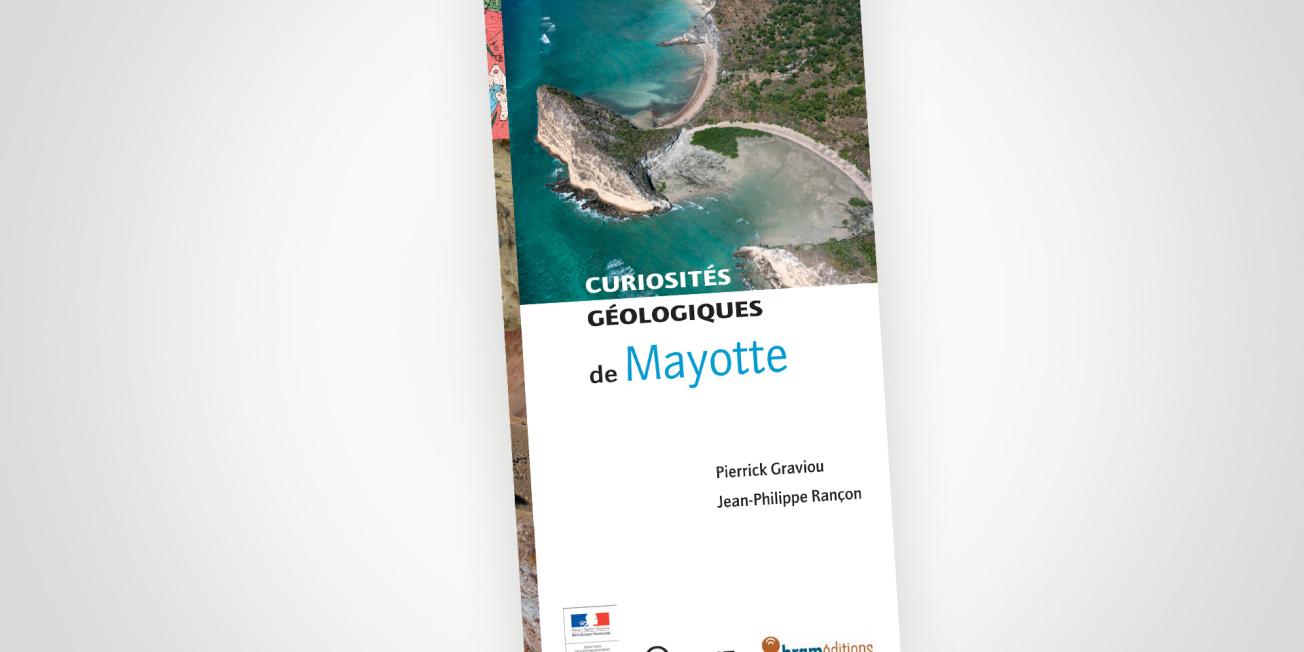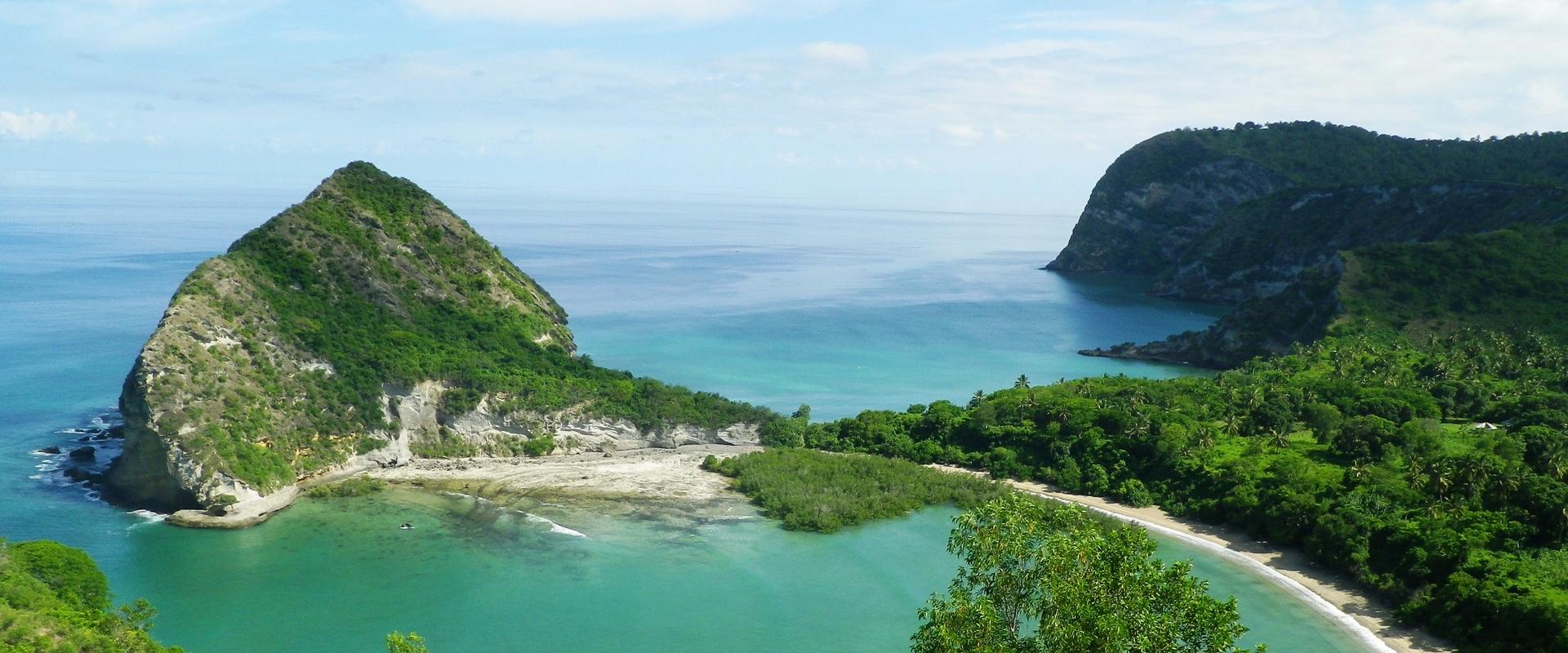
Cover of the guidebook.
© BRGM
Now home to a wealth of biodiversity, the island of Mayotte developed on a volcanic base in the Indian Ocean. The archipelago, a territory of rather modest dimensions, is nevertheless rich in natural curiosities, whether mineral, plant or animal. The diversity of the island's landscapes and corresponding vegetation bear witness to an extraordinary history of more than 10 million years, behind the origin of Grande Terre, Petite Terre and one of the largest lagoons in the world.
Mayotte, a sanctuary for fauna and flora on a volcanic base
Nevertheless, Mayotte remains a geologically active territory, as evidenced by the swarms of earthquakes that have been shaking the island for more than a year and the emergence of a large underwater volcano 50 km from the coast.
In the preface to the book, BRGM's Deputy Managing Director, Pierre Toulhoat, reminds us that “in Mayotte, geodiversity and biodiversity are intimately associated, in that the former gives rise to its particular landscapes. These are the result of a relatively recent geological history, marked both by different stages of construction of volcanic formations and by their natural erosion in a humid tropical climate”.
This guide was written by geologists with specialist skills in scientific mediation and is an excellent tool for promoting and conserving the archipelago’s geological heritage:
- Pierrick GRAVIOU has a PhD in geology and is an engineer at BRGM. He has been working for several years on the inventory of the national geological heritage and this has led him to discover many remarkable geological sites. He is the author of a dozen books.
- Jean-Philippe RANÇON has a doctorate in volcanology and is Deputy Director of the International Division at BRGM. He is the author of numerous scientific publications and books for the general public on volcanic activity.
This guide is one of the publications in the “Geological Curiosities” collection from Éditions du BRGM, which now comprises 24 titles.
Geological curiosities of Mayotte
The guide, published by Éditions du BRGM, presents the diversity of landscapes and plant associations in Mayotte, due to the nature of its geological formations, marked both by different stages of construction of volcanic formations and by their natural erosion in a humid tropical climate.
The authors describe the close links between the geological environment and local populations, through the use of mineral resources and groundwater management, and also review the natural hazards.
From the crater of Dziani Dzaha, to the Maars de Moya (large flat craters filled with water), from the S-shaped pass to the padzas de Dapani (barren gullies), passing by the white sand islet and Mount Choungui, the guide presents twenty-two sites seen through the eyes of a geologist. The guide provides innumerable ideas for walks and hikes to discover the geodiversity and biodiversity of the island.
On sale at Éditions du BRGM.







